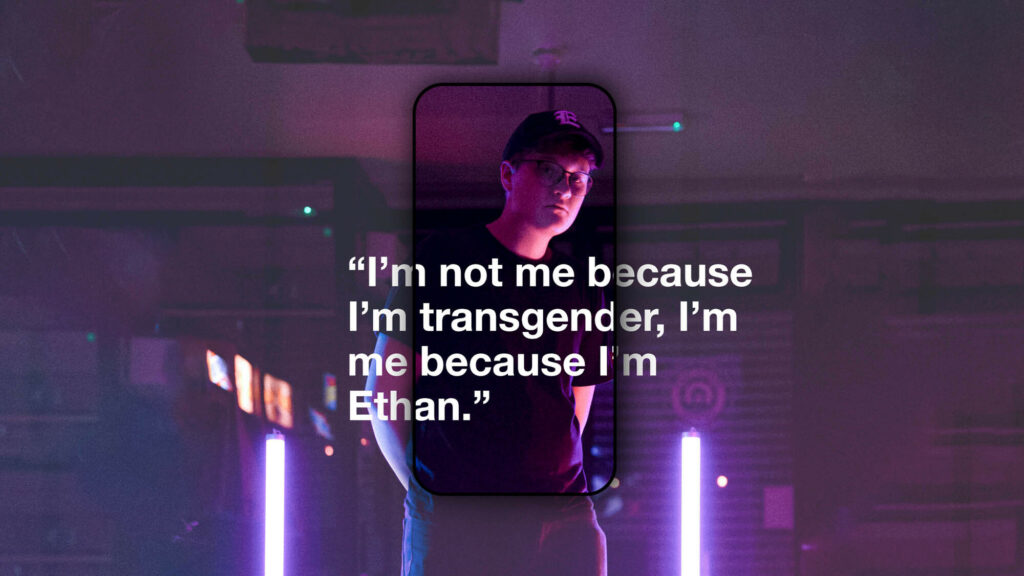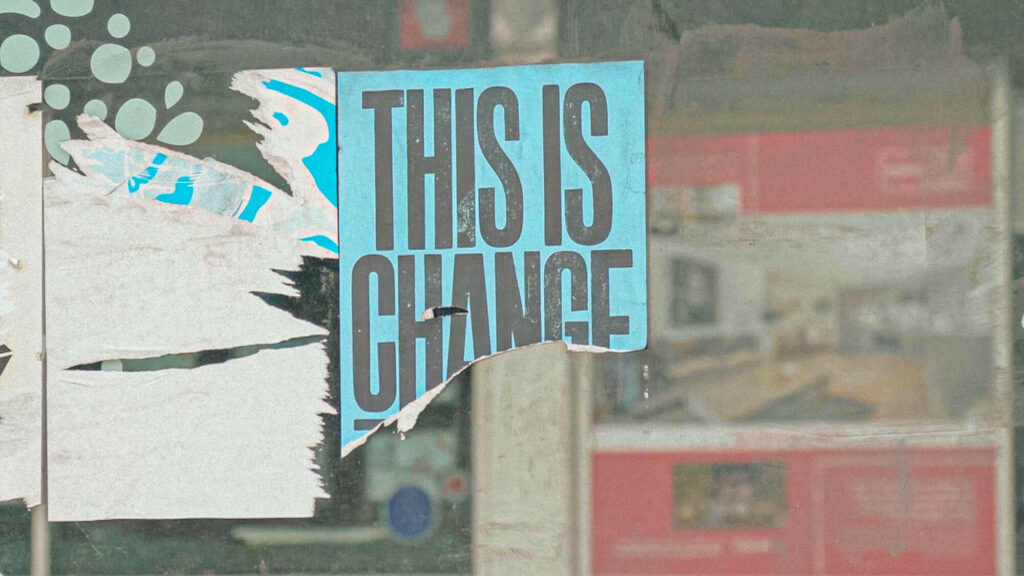

What is the value of insight, and how should it influence your creative campaigns? At CharityComms’ Video for Charities Conference, we explored how research, data and insight can make your content truly resonate with your audiences.
This is a summary of our session run by Fiona Koch, Account Planner & Director, and Charlotte Harris, Marketing Director, at Raw London. All recordings from the conference will be available on their website.
This might seem like a no-brainer, but you’d be surprised. Many charities still jump straight into brainstorming or briefing their agency without providing any research or strategic focus. This can make the whole process difficult – from deciding creative routes, primary audiences or even channels.
As a creative agency, we tend to focus our insight on audience behaviour – what influences them, what drives them. Considering behavioural science in this way helps us to think beyond just reaching our audiences, to identify behavioural ‘nudges’ that might encourage action or a fundamental change in perception.
Here’s a quote from our 2019 Benchmark Survey that highlights why tracking audience responses and attitudes can be so vital:
“ROI is hard to assess because lots of the metrics that are measured are great in principle – video got XX views, likes, or comments – but without the surrounding attitude change research, it’s hard to track the difference it’s made.”
In the same survey, we also asked what research methods charities use to qualify creative approaches. To caveat, we’re specifically talking about video campaigns in this survey, so popular research methods such as surveys and interviews are likely much higher if we talk more generally.
Below is an example of a campaign planning framework, based on research from Humankind Research. It shows the various stages of the supporter journey along the top, and then breaks down various elements within each one, for example specific audience types, objectives and KPIs, key success drivers. This helps you build a picture for the type of creative approach you might need, and can help you form a brief for your creative agency.
Finding those lightbulb moments in your research, data or analytics can lead to you all the way to your idea. The best way to understand this to see it in action, so here are 2 examples. Check out the full CharityComms session for more sizes, budgets and research styles.
Mermaids UK is a relatively new small charity supporting gender-diverse kids, young people and their families. Unfortunately, they deal with a large amount of misinformation and misrepresentation in the media, so they wanted a hero film to tackle that stigma surrounding transgender youth.
As their creative agency we needed to really understand the reality of the experiences of young trans people. So, one of the simplest and most cost-effective ways to incorporate real voices into our hero film was through workshops.
Interviews are great for gathering individual stories and perspectives. However, we wanted the young people to really open up and help us to get to the core of their experiences. So, we gathered in small groups and set a series of interactive tasks – encouraging them to be storytellers, not interviewees.
When challenged to create their own character, with their own storylines and challenges to overcome, there was a common theme. Many described their name as a significant stage in affirming their gender – one which helped them, and those around them, to acknowledge their identity.
This was our lightbulb moment, and became the seed of the final idea. As a character in his very own video game, our protagonist, Ethan, overcomes obstacles and adversaries to collect each letter of his name – and, ultimately, affirm his gender identity.
The result is one of my favourites. A case study film with a unique twist that adds a much needed positive story of trans youth in the media. It was really well received by Mermaids and the wider LGBTQ+ community. The idea won best LGBTQ+ creative at the Outvertising Awards, and we were lucky enough to partner with Gay Times, Pride AM and YouTube to reach more than 1 million views online and a double page spread in Gay Times magazine.

For a different kind of example, there’s British Red Cross – a client we’ve worked with for several years. They needed to raise emergency funds at the beginning of the 2020 lockdown, so we had to pull together an effective DRTV film – fast.
With lockdown preventing filming, we were more limited in the stories we could tell – but we still needed something that would meet fundraising success drivers and generate donations.
So, to dig for insights, we interviewed BRC’s Head of Logistics and helpline volunteers. It was a goldmine. We learnt that calls to the helpline had risen significantly since the start of the lockdown – and worried people were calling not knowing what specific support they needed.
Our final creative was based on a conversation between an isolated elderly person and a BRC volunteer. The narrative builds around a mix of archive, shot footage, and user-generated content (UGC) from volunteers. This created the all-important urgency for the DRTV to perform – smashing its ROI within a few weeks.

Expert research is always worth the investment. We often work with research agency, Humankind Research, and would highly recommend them. However, if you don’t have the budget, don’t be discouraged! There are lots of ways to find insight in unexpected places. Even just a couple of hours at your desk can help shape your goals, make your KPIs more focused and your ROI more measurable. Try these tips: